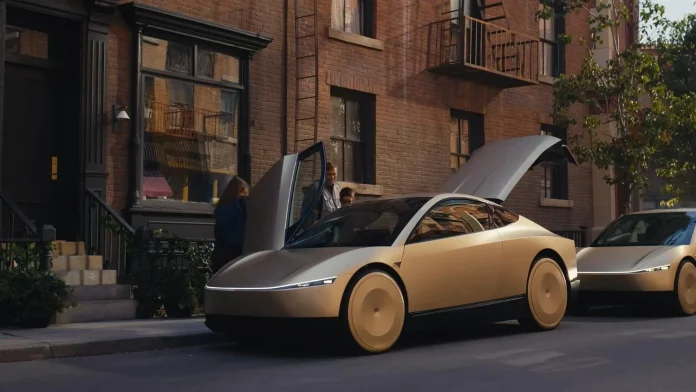Elon Musk’s ambitious plan to launch Tesla robotaxis in Austin, Texas, this month is already facing headwinds from regulators and public safety officials, as concerns grow over the lack of transparency and oversight in the project.
With as many as 20 autonomous Model Y vehicles set to hit the streets by June 22, the pilot rollout is shaping up to be a high-stakes test of Musk’s long-touted driverless vision and the public’s tolerance for risk.
While Tesla frames the rollout as the beginning of a transportation revolution, the lack of clear operational details has sparked anxiety. Public safety officials in Austin already challenged by missteps involving other autonomous fleets warn that the absence of robust regulations leaves communities vulnerable. Tesla’s reliance on remote monitoring and geofencing has done little to assure skeptical city leaders or federal watchdogs.
READ ALSO, Shark Attack in Florida Leaves 9-Year-Old Girl Severely Injured
Texas, known for its light-touch approach to innovation, passed a law in 2017 prohibiting local governments from regulating autonomous vehicles. This regulatory vacuum has made the state a magnet for AV testing but also a flashpoint. Unlike Waymo or Cruise, Tesla has shared minimal technical specifics, raising questions about the robotaxis’ readiness and how the vehicles will respond in complex real-world environments.
Austin police have already faced issues with AVs disregarding traffic barriers or freezing in dynamic situations, like parades and protests. Lieutenant William White, who oversees AV safety for the city, said Tesla’s silence on emergency protocols and ride logistics is deeply concerning. “If these machines are learning,” he said, “they’re not learning fast enough.”
The National Highway Traffic Safety Administration (NHTSA) has also weighed in, demanding Tesla provide answers about safety measures, remote control capabilities, and accident preparedness. The agency’s scrutiny follows an ongoing investigation into Tesla’s Full Self-Driving system, which is still considered a driver-assist feature, not a fully autonomous solution.
VIDEO: KOGI GOVERNMENT HOUSE LAUNCHES MONTHLY NEWSLETTER
Musk has promised millions of robotaxis “fully autonomously” on the road by next year, but safety experts say those expectations are premature. “Ten cars without a crash is the bare minimum,” said Carnegie Mellon’s Phil Koopman. “But full-scale deployment? That requires far more transparency, accountability and most of all, public trust.”




